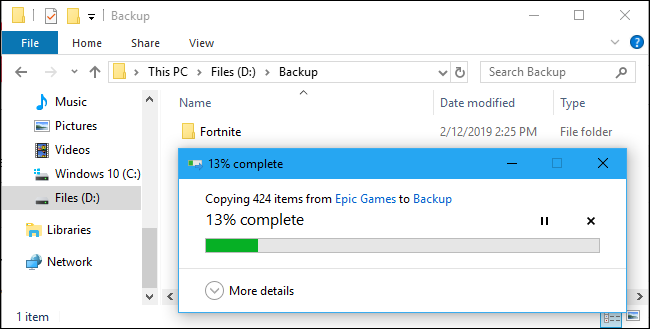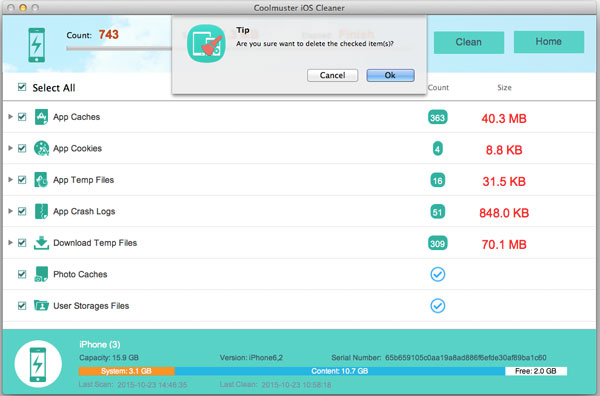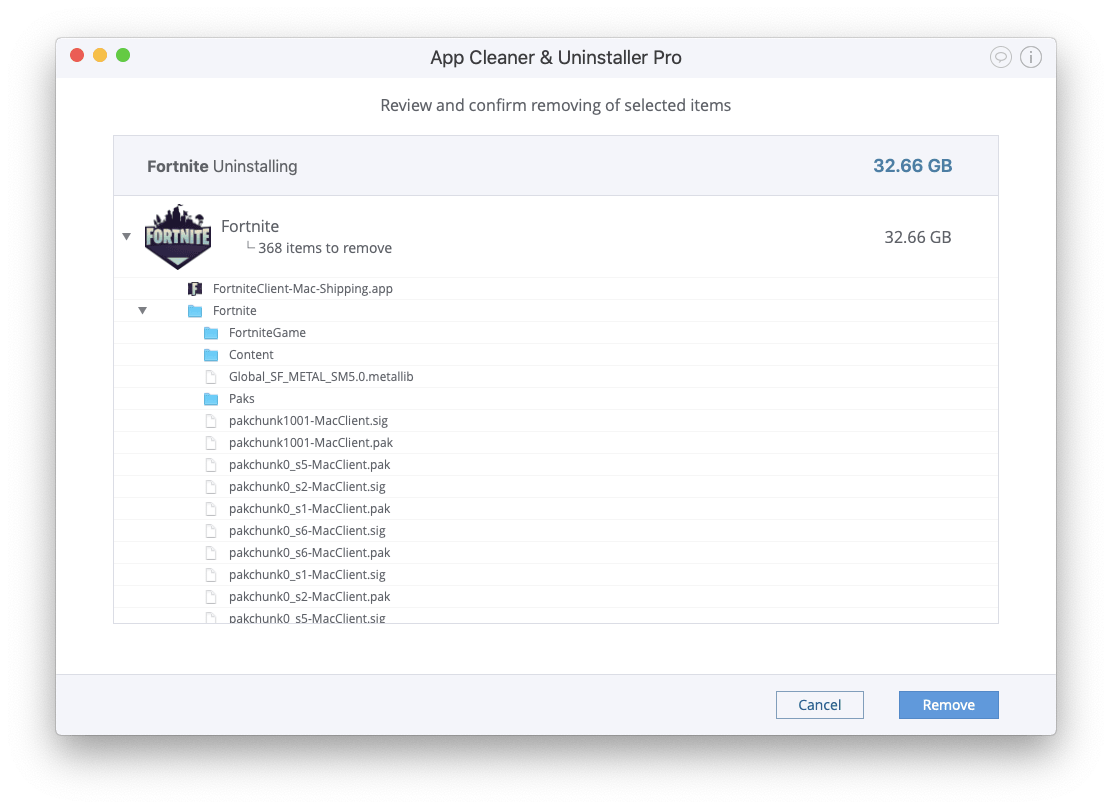Feb 04, 2019 Windows 10: trying to link MICROSOFT to EPIC GAMES Discus and support trying to link MICROSOFT to EPIC GAMES in Windows 10 Gaming to solve the problem; my son plays Fortnite, on his computer, NOT Xbox!!! He bought Microsoft gift card to use on Fortnite and now we r told to link the accounts for him. Discussion in 'Windows 10 Gaming' started by Jacobvan Haaren, Feb 4, 2019.

Fortnite by Epic Games is a very popular strategy game. It is compatible with different platforms like Windows, macOS, iOS, Android, etc.
When you are fone with the game and decide to uninstall Fortnite, you should know how to completely get rid of the game as well as the game data. Don't worry, this article will show you how to uninstall Fortnite on Mac/PC in detail.
How to Uninstall Fortnite on Mac
Uninstall Fortnite from Epic Games Launcher
Epic Games Launcher is an application that users need for launching Fortnite. It gives you access to install and uninstall games including Fortnite. You can remove Fortnite simply in Epic Games Launcher. Here are the steps.
Step 1Launch Epic Games Launcher and click on Library on the left sidebar.
Step 2Select Fortnite on the right side, click on the gear icon and click Uninstall.
Step 3Click Uninstall in the pop-up window to confirm the uninstallation.
Using Epic Games Launcher to remove the Fortnite can not completely delete all its related files. In that case, two alternatives are recommended.
Completely Remove Fortnite and Its Files in One Click with MacMaster

MacMaster is an all-in-one Mac app that is professional in optimizing your Mac through cleaning up junk files. MacMaster will be a good choice for you to delete Fortnite completely. All you need to do is several simple clicks.
Step 1Download MacMaster from the official website.
Step 2Launch MacMaster.
Step 3Click on Uninstaller on the left sidebar, and then click on Scan.
Step 4When the scanning process is finished, select FontniteClient-Mac-Shipping and other related files. Click on Clean to remove the game.
Manually Uninstall Fortnite and Delete Related Files
Another way to uninstall Fortnite completely is to do it manually. Perhaps this method is a bit complicated, but if you follow the instructions below step by step you will find it not that hard.
Step 1Make sure to escape the Fortnite game and quit the Epic Games Launcher app.
Step 2Open Finder > Macintosh HD > Users > Shared > Epic Games > Fortnite > FortniteGame > Binaries > Mac and select FortniteClient-Mac-Shipping.app and drag it to the Trash.
Step 3After deleting the executable file in step 2, now you can delete all the other Fortnite related files and folders. They are stored in the user's Library folder and the Fortnite folder.
In Finder's menu bar, click Go > Go to folder, and type in the directory name below to delete Fortnite related files respectively:
Macintosh HD/Users/Shared/Epic Games/Fortnite
~/Library/Application Support/Epic/FortniteGame
~/Library/Logs/FortniteGame~/Library/Preferences/FortniteGame
~/Library/Caches/com.epicgames.com.chairentertainment.Fortnite
How to Uninstall Fortnite on PC
Uninstalling Fortnite on Windows PC is very simple. You can press win + R and type Control Panel in the pop-up window and press Enter. Then click uninstall a program under Programs and Features. Now find Fortnite, right-click it and choose Uninstall to uninstall the game from your PC.
Some Fortnite users report that Fortnite is still in the application list after they have uninstalled it. If you have the same problem and want to delete it completely, follow the steps below.
Step 1Press win + R at the same time.
Step 2In the pop-up window, enter 'regedit'.
Step 3Step 3: Go to Computer HKEY_LOCAL_MACHINE SOFTWARE WOW6432Node Microsoft Windows CurrentVersion Uninstall Fortnite, right-click it and choose delete.
Now you have uninstalled Fortnite from your PC completely.
How to Uninstall Epic Games Launcher
If you don't need Epic Games Launcher any longer, you can uninstall it to save your computer space.
Uninstall Epic Games Launcher on Mac

If you are using Mac, you can use the help of MacMaster again to uninstall Epic Games Launcher. Some people may encounter the error 'Epic Games launcher is currently running please close it before continuing' when they are trying uninstalling Epic Games Launcher. That's because Epic Games launcher is still running as a background process. Here is how to avoid this:
Use Command + Option + Esc to open Force Quit window and close Epic Games.
Or open Activity Monitor in Spotlight, find Epic Games Launcher and click X on the top left to close it.
Now you can use MacMaster to uninstall Epic Games Launcher without troubles. If you forget how to use MacMaster, go back to Completely Remove Fortnite and Its Files in One Click with MacMaster.
Uninstall Epic Games Launcher on PC
If you want to uninstall Epic Games Launcher on Windows PC, you also need to fully close it. Press ctrl + shift + esc to open Task Manager to close Epic Games Launcher before you uninstall it.
Tip: Is it possible to uninstall Epic Games Launcher without uninstalling Fortnite? Well, the answer is no. Once you uninstall Epic Games Launcher, all the games you download through it will be deleted as well. So think twice before uninstalling Epic Games Launcher.
We're using Unreal 4.18 with all default settings. For our packaged game on a Mac the 'Saved' folder is not called 'Saved', because the Mac OS integration of Unreal is just different. The 'Saved' location that contains the user's ini files is: /Users/[username]/Library/Preferences/[game name]/MacNoEditor
Grogger, may be correct about the SaveGames location. We're not using that feature yet.
Unreal Staff - if your reading this, please update the Mac documentation about these file locations.
Note: On Mac OS the Library folder in your home folder will be hidden by default. Use the Finder’s View Options command to make it visible.
Further Note: The ini files will not exist in that location until after the game is run for the first time.
P.S. If you think about it, the .app format is really a .rar compressed directory tree of files. Like Java .jar, .war, and .ear files - your executable is not allowed to write directly into the compressed directory structure. That is why a separate location is needed. The .../Library/Preferences/... and .../Library/Application Support/... locations are the Mac way of dealing with this issue.